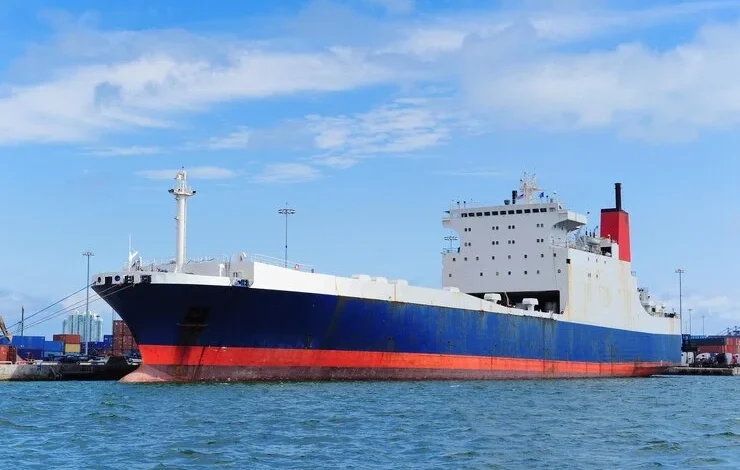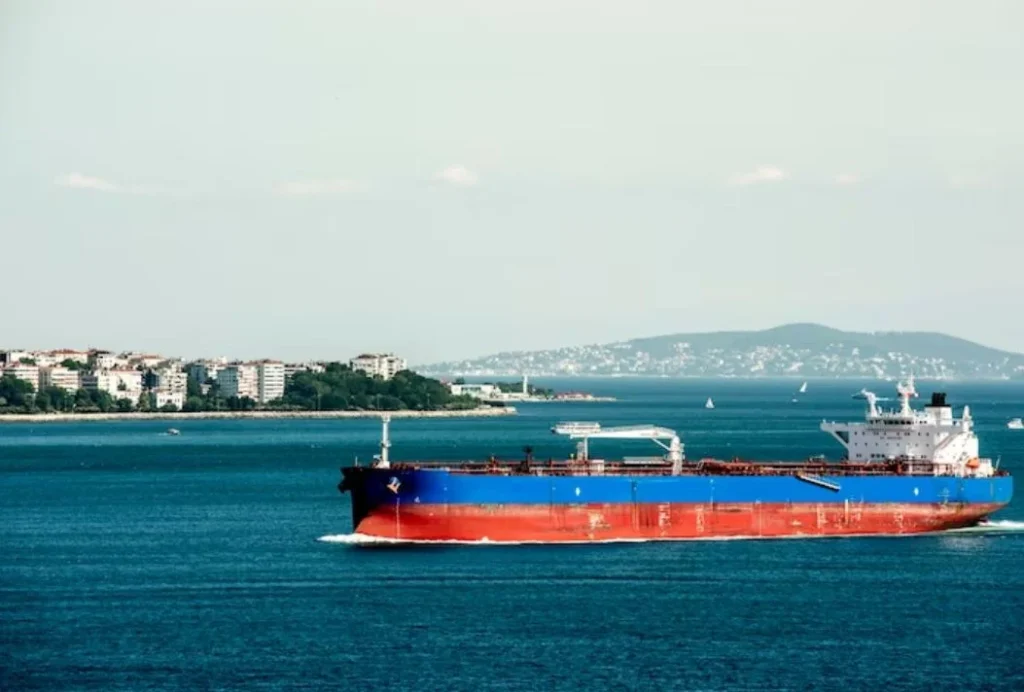

Russia Sends First Urals Crude Cargo to Venezuela in Five Years Amidst Tightened U.S. Sanctions
In a strategic move amidst intensified U.S. sanctions on Russian oil exports and disruptions in Red Sea shipping, Russia has dispatched its inaugural cargo of Urals crude to Venezuela, marking the first such shipment in five years. The supertanker Ligera, carrying at least 1.7 million barrels of Urals crude, has docked near Amuay Bay off Venezuela after undertaking ship-to-ship transfers in the Mediterranean off the southern coasts of Greece.
This significant development underscores Russia’s pivot towards “friendly” buyers like Venezuela, Iran, and China, as traditional markets face constraints due to stringent embargoes and pricing regulations imposed by the EU and the U.S. Notably, Venezuela has historically utilized such crudes to dilute its heavy oil for export purposes.
The timing of this shipment coincides with the U.S.’s ramped-up enforcement of sanctions against Russia, including threats to penalize financial institutions facilitating Russian exports. This crackdown has induced caution among banks, resulting in payment hurdles for certain Indian customers of Russian crude-grade Sokol.


For Russia, Venezuela emerges as one of the few viable markets amidst restrictive trade environments. With the EU banning imports of Russian crude and fuels, Moscow has redirected its focus towards Asia, particularly China and India, which collectively absorbed a substantial portion of Russian oil exports in 2023.
In a parallel development, Venezuela’s state-run oil company PDVSA is set to unload a cargo of 1.73 million barrels of Russian Urals crude, as indicated by a shipping document seen by Reuters. This cargo, received via ship-to-ship transfers near Greece, underscores the rekindling of cooperation between Venezuela and Russia, evidenced by the recent receipt of diesel cargo from Russia.
The impending expiry of a temporary license extended by the U.S. Treasury Department in April has spurred a rush among oil companies and traders to secure imports of Venezuelan oil and exports to Venezuela.
Despite previous trade suspensions due to specific U.S. measures, Russian companies have resumed engagement with PDVSA, Venezuela’s state-run oil company. The cargo of Urals crude is expected to partially undergo refining at PDVSA’s Cardon refinery, filling the gap left by the halted El Palito refinery undergoing maintenance.
While a portion of the Russian crude is slated for domestic refining, its potential use as a diluent or for re-export to Cuba remains uncertain amidst Cuba’s fuel shortage.
Russia indicates a strategic tactic between the departure of geographical political dynamics and restrictions scenario, highlighting the flexibility and adaptation of global oil markets between changing patterns.
Frequently Asked Questions (FAQs)
1. Why has Russia sent its first cargo of Urals crude to Venezuela in five years?
– Russia’s decision to send Urals crude to Venezuela comes amidst tougher U.S. sanctions on Moscow’s oil exports and disruptions in Red Sea shipping. Seeking “friendly” buyers further away from home, Russia views Venezuela, alongside Iran and China, as a strategic partner.
2. What is the significance of this shipment for Venezuela?
– For Venezuela, the recovery of Ural crude oil indicates a possible way to weaken its heavy oil for exportive purposes. The shipment indicates the maintenance of cooperation between the two countries, which ended due to the geographical political stress in recent years.
3. How are the US restrictions affecting Russian exports?
– The United States has accelerated the implementation of sanctions against Russia, including threats to punish financial institutions facilitating Russian exports. This has led to payment issues for some Indian customers of Russian crude-grade Sokol and prompted Russian entities to seek alternative markets like Venezuela.
4. What role do sanctions play in Russia’s exploration of new markets?
– With the EU and U.S. imposing embargoes and price caps on Russian oil, traditional markets have become cautious in dealing with Moscow’s crude and fuels. As a result, Russia is exploring new markets such as Venezuela to maintain its export momentum.
5. How does Venezuela plan to utilize the Russian Urals crude cargo?
– Venezuela’s state-run oil company PDVSA intends to partially refine the Urals crude at its Cardon refinery, particularly as another refinery, El Palito, undergoes maintenance. The exact allocation of the cargo, whether for domestic refining or potential re-export to Cuba, remains uncertain.
6. What is the timeline for the discharge of the Russian Urals crude cargo in Venezuela?
– The Djibouti-flagged supertanker Ligera, carrying the Russian Urals crude, has already arrived near Amuay Bay off Venezuela. The discharge is expected to occur in the coming days at the Amuay port, following ship-to-ship transfers near Greece.
7. How are oil companies and traders responding to the impending U.S. Treasury Department license expiration in April?
– In anticipation of the temporary license’s expiration in April, many oil companies and traders are rushing to arrange imports of Venezuelan oil and exports to Venezuela. This reflects the urgency to secure transactions before potential disruptions in trade.
8. What are the broader implications of Russia’s pivot towards Venezuela?
– Russia’s engagement with Venezuela highlights the emerging dynamics of global oil markets between geographical political scenario change. This strategic strategy defines the flexibility and adaptation of oil-producing countries between restrictions and commercial barriers.

